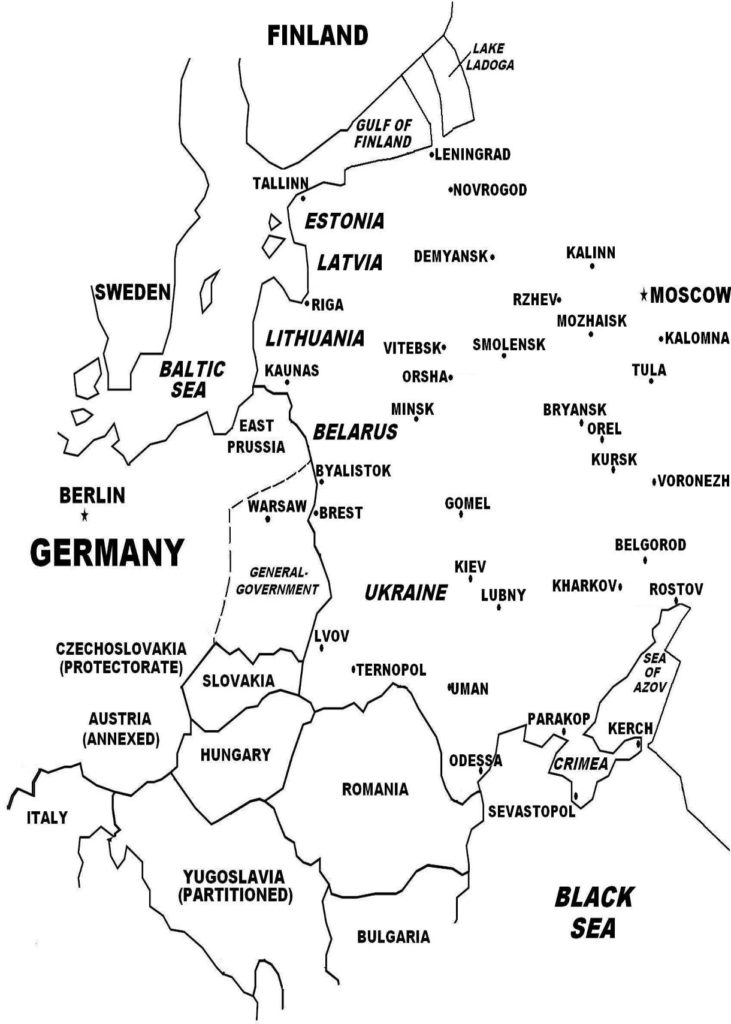Following the failure of Operation Barbarossa (Germany’s planned lightning conquest of the Soviet Union in 1941), Stalin was so encouraged by the Soviet counter-attack that saved Moscow that he ordered more operations be conducted. He intended these thrusts to form part of a general counter-offensive at specific points from north to south of the frontline.

These operations were unsuccessful and disastrous to the Red Army: at Demyansk (February-April 1942) and Kholm (January-May 1942), trapped German forces, supplied by air for several weeks, repulsed Soviet attempts to eliminate the pockets; a Soviet counter-offensive (January-April 1942) to lift the siege of Leningrad led instead to the attackers being encircled and destroyed; a Red Army operation aimed at recapturing Kharkov (in northeastern Ukraine; Second Battle of Kharkov, May 1942) instead led to six Soviet armies being trapped and 300,000 casualties, including the destruction of 1,200 tanks, 2,000 artillery pieces, and 500 aircraft, for the German loss of 20,000 troops and 50 planes; and the failure of the Red Army to recapture the Crimea (December 1941-May 1942).
